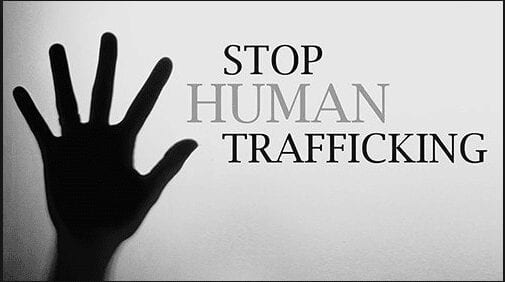
Rethinking Human Trafficking in India: Nature, Extent and Identification of Survivors
The scale and extent of trafficking in people remain little explored in the Indian context. Trafficking in human beings, especially in women and children, has become a matter of serious concern in India. Bonded and sex labour comprise the vast majority of human trafficking in India, though child soldiering, forced begging and organ harvesting have also been identified. The accessibility of the trafficker to the prospective victim is an important factor in trafficking. The method adopted is usually influenced by the proximity or otherwise of the trafficker to the victim. Human trafficking poses enormous challenges to governance and law enforcement, and, at times, these challenges seem to be overwhelming. Even if it is something that is unlikely to be eliminated, however, more effective steps can be taken to contain or even reduce the scope of the problem by a concerted effort to raise the priority of combating human trafficking and by both exerting pressure on and enhancing capacity in a country such as India, which still lacks legal instruments and serious anti-trafficking activities.
